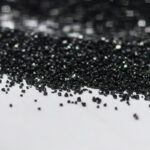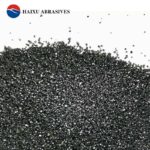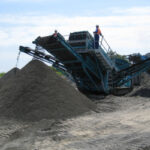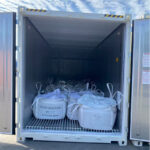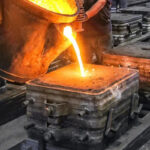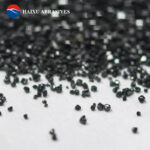
Foundry chromite sand AFS 45/55 key technical index
Foundry-grade chromite sand AFS 45-55 – the work-horse for heavy-section steel and manganese-steel castings – is bought on a very short list of numbers.
The “key technical index” that meet GOST 23409.24-78 and SFSA 16 T-67 standard given below. If any item drifts outside these bands the sand is either rejected or priced down.
















